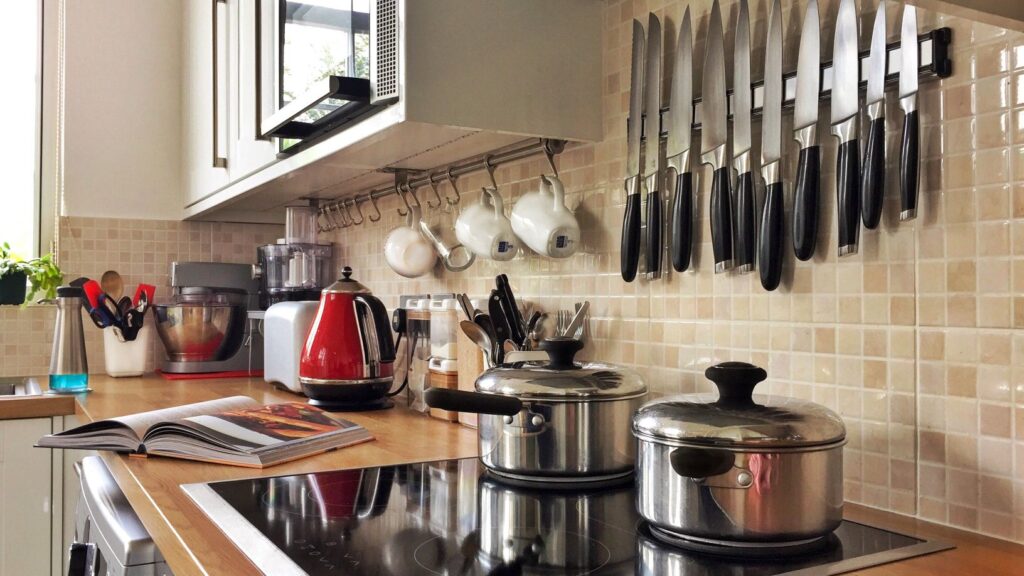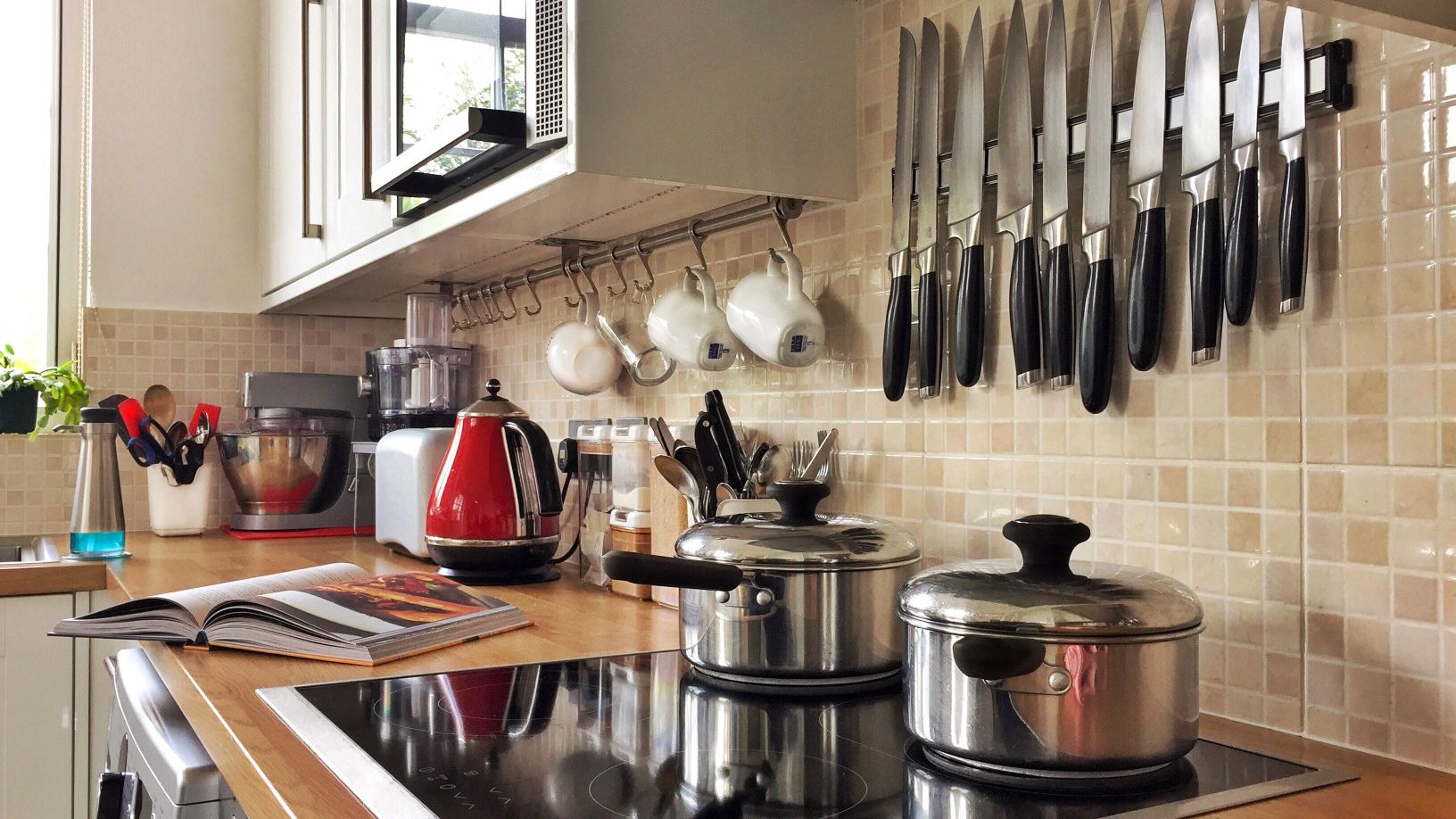
I always say the kitchen is the heart of the home; it is the room where the food is prepared and often eaten. In our fast-paced modern world, filled with smartphones and other distractions, it is often the only time the whole family sits together and spends some quality time together. To maximize the experience, we should create a tidy and organized kitchen, creating a warm and welcoming space for the family meal. Small kitchens have been discussed on this site before, but we are looking at how keeping any kitchen in order is beneficial.
Have a Cleaning Schedule
There’s no point in trying to clean the kitchen when a dozen other tasks are requiring our attention. We must know when we are available to clean and set a schedule accordingly. We can split the list of tasks into two sections; everyday and occasional. Everyday cleaning involves:
- Keeping on top of the dishes.
- Cleaning the countertops.
- Sweeping or cleaning the floor.
The occasional tasks are ones that, although important, are not required with such regularity; we can include cleaning the oven, defrosting the freezer, and organizing the pantry in this category.
Everything Has its Place
It sounds self-evident, but if everything does not have its place, how can we find things. On top of this, if we are putting items away in cupboards with no order or reason, we are sure to end up with a messy and cluttered space. Another disadvantage is that if we keep an unorganized area, we are likely to miss goods nearing their use-by date, and our food waste will increase.
Label Your Goods
If, like us, you are the type of family that loves cooking and baking; it’s key to keep track of your creations by taking note of what we have made and its creation date. This approach allows us to reduce waste further and quickly identify different foodstuffs and ingredients. The use of label makers makes this immeasurably easier.
Rarely Used Items Should be Put Away
In an efficient kitchen, we should reach our shelves and pull off the most frequently required items and ingredients; this goes for food and utensils. If this is true, then it stands to reason that infrequently used items must be put to the back of the cupboard or in areas that are considered for longer-term storage. These lesser utilized items need to be sure that they are periodically taken out for cleaning, as a layer of sticky dust can often build up over time with kitchen implements, and this is a bit yuck!
Stock Rotation
Making sure we do not have large amounts of food going past its use-by date is crucial for several reasons. First, we do not want to waste food; it costs us more in our grocery bills, but it also can be frustrating when we are making a dish, go for an ingredient and find out it’s unusable. Old and rotting food can also be a health hazard; at best, it can create an unpleasant odor, but at worst, we can find it attracting pests, including insects and rodents. Regularly check the dates on your stock, and ensure it is properly stored.
 Lifeyet News Lifeyet News
Lifeyet News Lifeyet News





